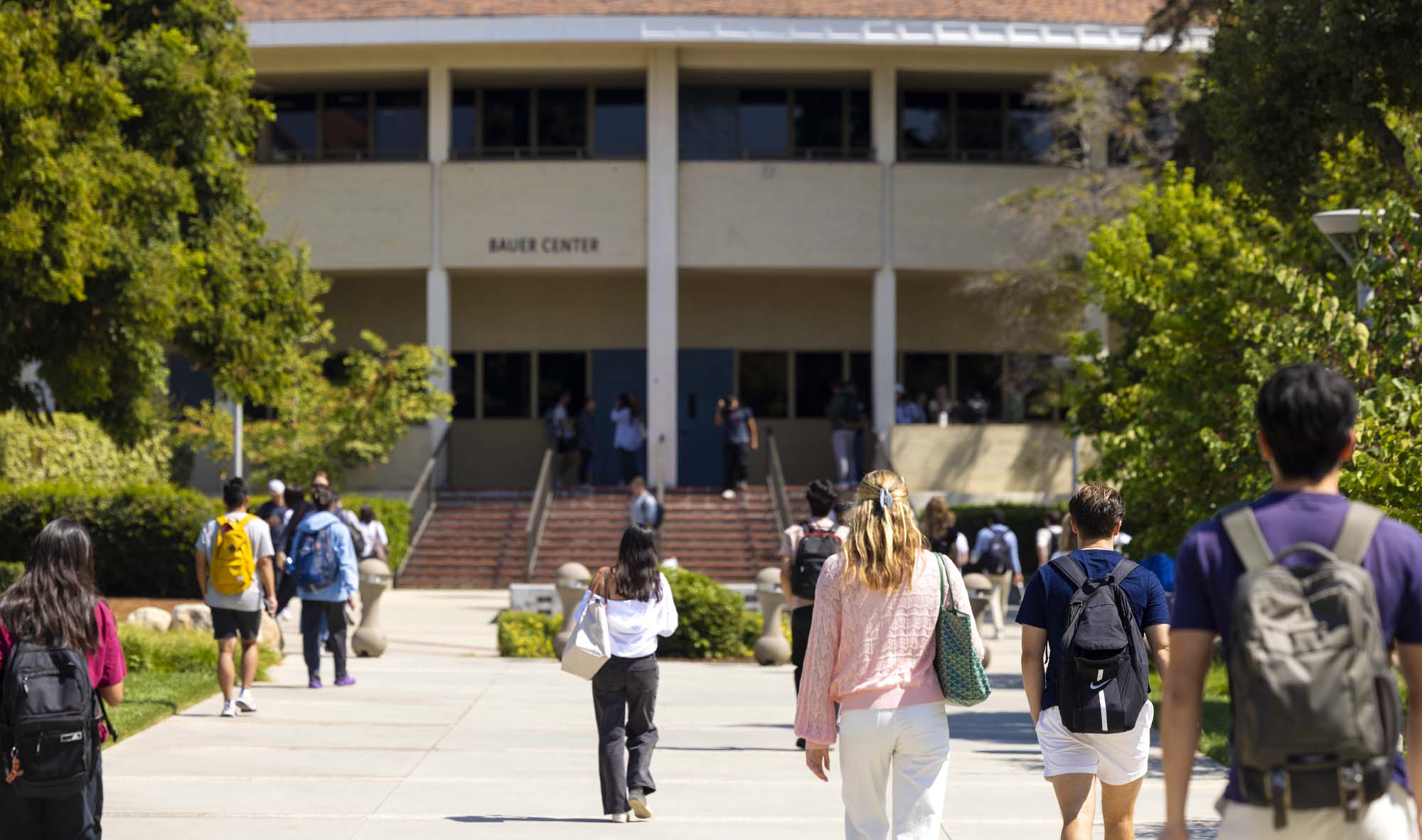
Q&A with President Hiram Chodosh
Each year, publications and websites release rankings for higher education institutions across a variety of categories. Claremont McKenna College routinely performs well in several national rankings of note, especially among liberal arts colleges. But how should CMC community members interpret these rankings—and why should they be seen as trustworthy representations of the overall campus experience?
In the below Q&A, President Hiram Chodosh shares his view of rankings and how CMC does its best to take a balanced and transparent approach to the methodologies and outcomes of each. To learn more, visit CMC’s Current Rankings, where we encourage you to draw your own conclusions about the criteria driving the latest publicized results.
How do you think about rankings, specifically as they apply to higher education?
Rankings in any institutional or other setting, from the top teams to the best restaurants, are simplistic, short-hand ways to get a sense of comparative achievement. Higher ed rankings evoke a wide range of responses, from justified criticisms of gaming the methodology to strong criticisms by those who feel unfairly represented. Far too often, institutions are vulnerable to observed hypocrisy when they celebrate in the endzone when they do well and then complain about the refs when they fall short.
Do any higher education rankings measure what matters or put CMC at a disadvantage in any way?
Einstein said it best when he pointed out that we tend to measure what we can count easily and more often fail to measure what really counts. So, instead of focusing on the rankings, we should ask ourselves which measurements count on our own ledger of high value achievement. Do we care about the quality of student satisfaction with their full experience? Yes. Do we care about student persistence and completion rates, social mobility and the expansion of opportunities in the post-graduate years including earning potential, especially for students who come from families with fewer resources (or who are the first in their families to go to college)? Yes. Do we care if students feel confident in speaking up and expressing their own independence of mind or whether students are open to views different than their own? Yes. Are there rankings that include data that put us at some disadvantage or those that measure values we don’t care about? Yes. Do we manage to any of these metrics so that we get a better place in the rankings? No.
How do you advise that community members approach these rankings when they are released every year? Prospective students and families who might rely on them when choosing to apply?
At CMC, our faculty, staff, and students look critically and thoughtfully at the underlying methodologies to see what’s measured and how the data is collected and weighed in the methodology. That process helps inform our views (positive or negative) of any specific ranking. For prospective students and families, these rankings provide, again, a simplistic, short-hand way to compare institutions. But here too, it’s important to understand the quality of the underlying data gathered and the weights rankings apply in their methodology so that prospective families can align the values reflected in the rankings with their own. Finally, even when we see our achievements reflected in the data, we do not rest. At CMC, we always strive to do both good and better.
